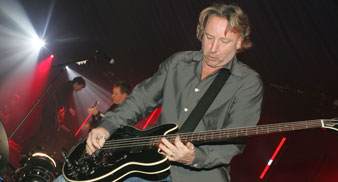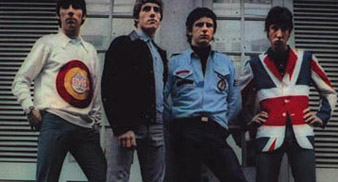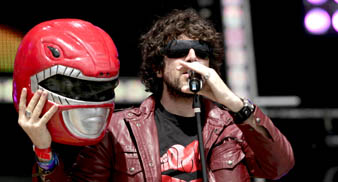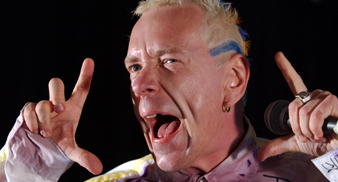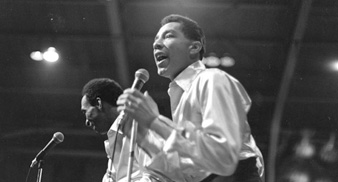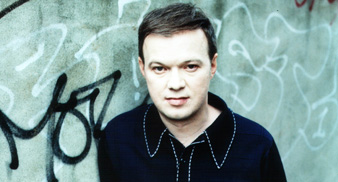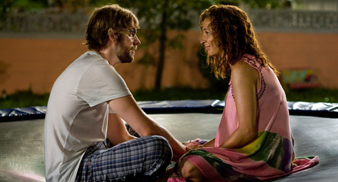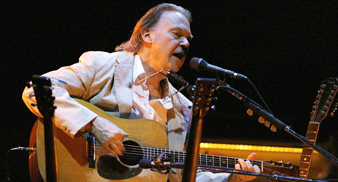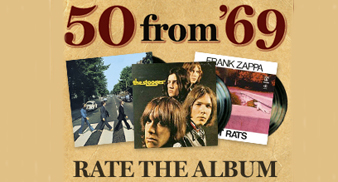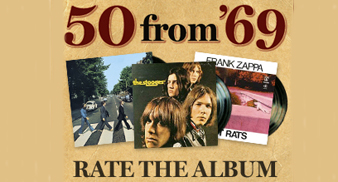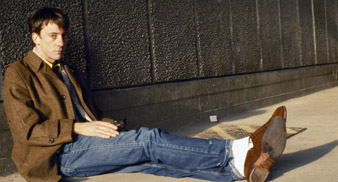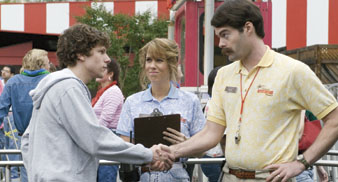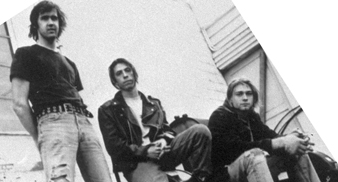The first show by James Blackshaw with additional musicians begins a little oddly. A man plays a brief tuba solo, then settles down to some concerted texting on his phone. It turns out that this is a false start, however. The James Blackshaw Ensemble might contain a cellist, two violin players and a flautist, but the tuba player – warming up, it transpires – is here to accompany the support act, guitarist/pianist Tom James Scott, through a series of hushed, minimal pieces. Blackshaw, meanwhile, is a little nervous upfront of the show: finally, he has a sizeable following, and the Vortex (in Dalston) is rammed. I’ve written many times before about this fine British musician – you can find a blog about his most recent album, “The Glass Bead Game” and links to previous pieces here – so it’s great to see he now can pull a decent audience, and one that’s prepared to go along with his musical explorations. This show, I guess, ostensibly pushes his skills as a composer to the fore. While you can still hear his dextrous way with 12-strings on the opening “Arc”, it’s the arrangement that’s most striking: how it sits so comfortably alongside the discreet strings; how a flute and recorder pair up to provide what was, on the recorded version, Lavinia Blackwall’s vocal line (Blackwall, though, billed to appear as part of the ensemble, is absent; maybe busy with Trembling Bells?) It’s quite lovely, a meticulous reconstruction of the expanded sound of “The Glass Bead Game”, propelled but never totally dominated by Blackshaw’s egoless, aesthetically-charged playing. For “Arc”, he switches to grand piano, and while his gentle flurries sit in the mix very similarly to those he creates on guitar, I’m also reminded of Chris Abrahams from The Necks, though this may be, in part, because The Necks were the last band I saw at the Vortex. It’s interesting, though, that the two solo guitar pieces which Blackshaw plays at the end are perhaps the most satisfying. A full band show might be an often brilliant departure, and it’s a very useful way of pointing out the differences between Blackshaw, as a composer, and some of the new folk/post-Fahey guitarists with whom he was initially classified. But solo, you can hear best the full range of his strengths; not just his melodic gifts, but his immense, unshowy virtuosity on the 12-string, as he provides all the harmonic layering needed for these complex and mesmeric pieces all by himself. It’s one of those cases where music can have such a meditative aspect that you stop noticing the vast technical skill needed to create it - forget about the musician themselves, to some degree - and, instead, focus on its stealthy but profound emotional impact.
The first show by James Blackshaw with additional musicians begins a little oddly. A man plays a brief tuba solo, then settles down to some concerted texting on his phone. It turns out that this is a false start, however. The James Blackshaw Ensemble might contain a cellist, two violin players and a flautist, but the tuba player – warming up, it transpires – is here to accompany the support act, guitarist/pianist Tom James Scott, through a series of hushed, minimal pieces.


